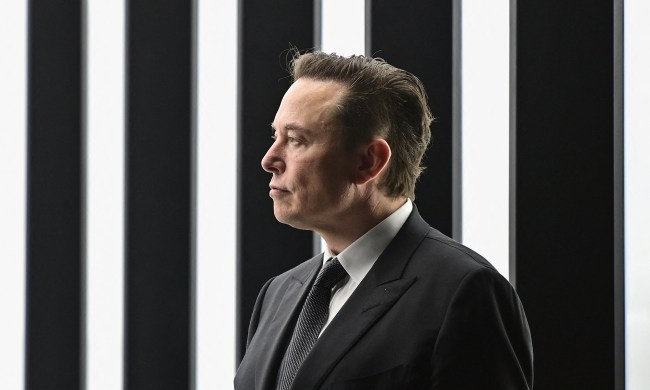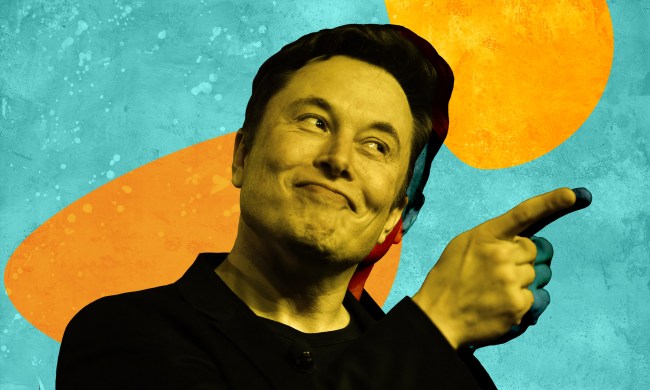Elon Musk has revealed he’s expanding his Boring Company to an overseas market: China.
The man who also founded SpaceX and Tesla (we can now add his brain-focused Neuralink company to the list, too) revealed in a weekend tweet that he’ll be officially announcing the move when he appears at the World Artificial Intelligence Conference in the Chinese city of Shanghai toward the end of this month.
Whether he has any specific tunneling projects already lined up in the Asian nation is unclear, but setting up an outpost there is significant in that it marks the Boring Company’s first step outside of the U.S.
In another tweet in the same thread — this time in response to an inquiry from one of his more than 27 million followers — Musk also suggested the Boring Company would one day create “underwater tunnels,” though again declined to offer any details on such a plan.
So, what’s the big idea?
Musk launched the Boring Company in 2016 with the aim of reducing traffic congestion by transporting people in networks of tunnels beneath busy cities.
It won’t have escaped those who are up to speed on all things subterranean that transportation tunnels already exist around the world for train systems and road networks.
But the billionaire entrepreneur has an altogether more complex system in mind that would see cars, as well as foot passengers and cyclists, transported on electric-powered sleds at speeds of up to 150 mph to multiple destinations across a city.
If the system ever comes to fruition, vehicles and passenger pods could be lowered onto the sleds from street level via an elevator system.
At the start of a ride, the sled would travel seamlessly from a side tunnel onto the main track in order to keep all of the passengers constantly on the move. “This is a big difference compared to subways that stop at every stop, whether you’re getting off or not,” Musk said.
To make it happen, his team of engineers is developing a machine capable of tunneling at far greater speeds than conventional tunneling equipment in a bid to cut costs by a factor of at least 10. Musk says this can be achieved partly by reducing the tunnel diameter from today’s standard of 28 feet to less than 14 feet. “Reducing the diameter in half reduces tunneling costs by 3-4 times,” the company says on its website.
Further savings can be made by using electric machines instead of diesel-powered ones, and by utilizing technology that allows for continuous digging, an improvement over conventional systems that periodically cease tunneling in order to erect support structures.
Demonstration tunnel
The Boring Company last year unveiled a 1.14-mile demonstration tunnel in California featuring a special track for a modified Tesla Model X SUV. It also recently won a contract to build a mile-long subterranean system to transport people around the Las Vegas Convention Center — one of the largest centers of its kind in the world.
But the Boring Company faces a myriad of challenges to make the ambitious system a reality, with regulators, for example, needing to be convinced of its safety and financial viability. Musk’s decision to expand his efforts to China may have been made in the hope that he might face fewer regulatory hurdles there. If this proves to be the case, the Boring Company will be able to work more quickly toward its goal while demonstrating to the rest of the world that the project really can work, increasing the chances of it being taken up elsewhere.


